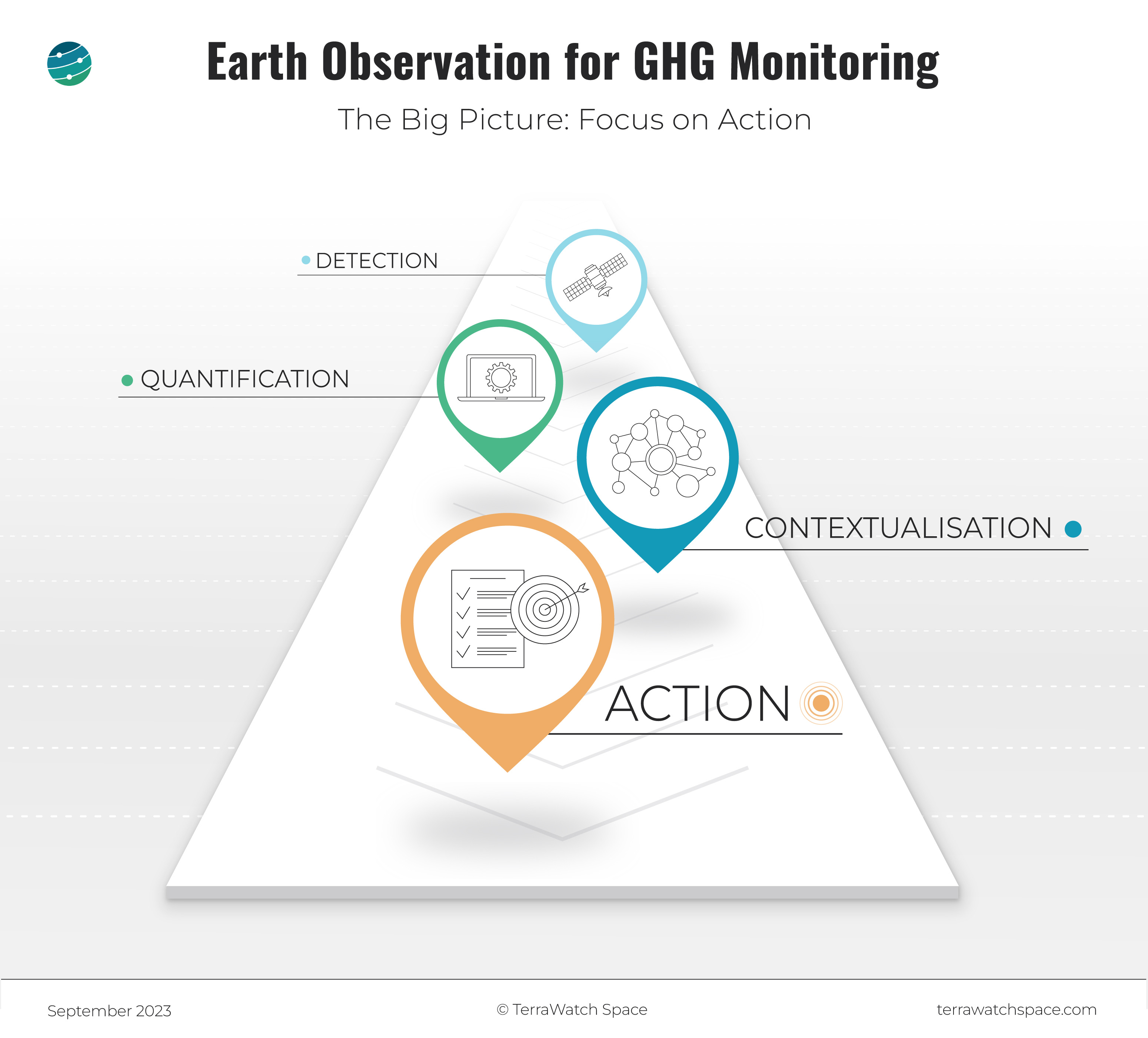To the premium subscribers, thank you for your support - it allows me to write these deep-dive briefings while also letting me continue to provide the weekly newsletter for free. The next planned deep dives are EO for Carbon Markets (end of October) and EO for Wildfire Monitoring (end of November).
To the free subscribers, this is a short preview if you would like to read more, please upgrade your subscription. In any case, you should continue to receive the free, weekly newsletter, as usual.
Preamble
This deep dive is an attempt to analyse the state of GHG monitoring with satellites, review the missions which help us monitor global emissions and why all of this matters. The aim is not to get into the science behind greenhouse gas emissions or to dig deeper into the concept of the carbon cycle, but to provide an overview of the efforts being made in the EO sector for monitoring GHGs and why that is crucial in our efforts to understand and mitigate climate change.
As always, there are some suggested recommendations towards the end of the piece, in case you would like to go deeper into monitoring GHGs from space. Given the increasing importance of monitoring and reporting emissions, equally, for both companies and governments, the role of EO and the investments into EO capabilities for measuring GHGs is always changing. So, there might be a follow-up edition sometime next year. Until then, let me know if you have feedback on this essay.
The Big Picture: Focus on Action
Before we dive in, I just want to start with this message - irrespective of what the satellites can see, it is all about what we do with it. As much as I demystify the role of EO through essays like this one, I recognise the concept of the "knowledge-action gap." If the knowledge gathered from EO has not resulted in meaningful action, then the value of EO is not fully realised.
In the case of GHGs, as you will see later in the piece, there are four fundamental steps involved in the EO-based GHG monitoring process: detection of GHG emissions from satellites, quantification of the GHG emissions, contextualisation of the emissions (e.g. identifying the sources) and taking action by reporting emissions, mitigating them or use them for trading.
As we dig deeper into how EO can support each of those steps, it is important to remember that until the data gathered from satellites is used to drive change, on an enterprise level and on a national/global policy level, the work is not done. While this essay does not delve deep into the action segment, it is my hope that every effort being made in the EO sector is done so with the ‘so what’ in mind.

Here is what we have in store for this deep dive:
Context: Greenhouse Gas (GHG) Emissions
How are GHGs measured?
Top-down vs. bottom-up measurements
Earth Observation for GHG Monitoring
Overview of EO satellites monitoring GHGs
Public vs. private vs. non-profit missions
Value Chain: EO for GHG Monitoring
Detection, quantification, contextualisation, action
Outlook: EO for Monitoring GHGs
Towards an independent, global GHG monitoring agency?






